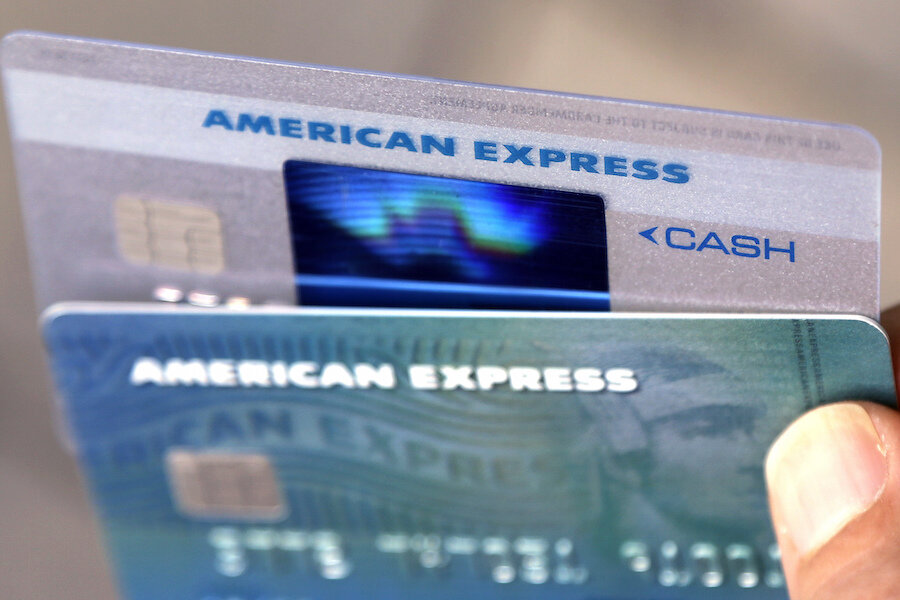How to negotiate a higher credit limit
Loading...
It may seem to some people that their credit limit doesn’t take them as far as it used to – especially with the price of everyday goods and services keeps increasing. It is natural, therefore, for the thought of calling up a bank and asking for a higher credit limit has entered the thoughts of many people. At first, the task may seem intimidating. Will they ask questions? Do you need to have anything prepared? What are the chances your request will be accepted? While it's always good to be prepared, you can relax. The process of asking for more credit is actually pretty straightforward. There are certain steps you can take to be better prepared for your conversation with the banker. We go over the processes below.
Ask Yourself The Following
- Are you earning more? Your credit limit is, in part, decided by your ability to pay back the loan. A bank wants to know that you can pay it back, even in the event that you max out your credit card. Therefore, the bigger the credit line, the bigger their confidence in your financial stability. Your card issuer may have asked you for your current income level when you first applied. Depending on when that was, you may have started earning more money – whether it’s through a new job or a raise. Communicate that information to the customer service representatives when you call asking for a higher limit. It only makes sense that the higher income should result in greater purchasing power.
- Is your credit score higher? Besides income, the other major factor that determined your original credit cap was your credit history. Now that some time passed you can have the bank re-evaluate you. They may run a hard or soft credit pull on your credit account to do so. As long as you have been paying your bills on time, and haven’t had any negative marks added to your report, your overall credit rating has gone up. The national average is around 695, for FICO 8 scores. The higher your score, the more likely you are to get a higher credit line.
- Can you move around limits from other accounts? It’s not uncommon for people to have multiple credit cards with the same bank. In some cases, some of those credit cards are no longer being used. If that’s the case, and you want a higher credit limit on a credit card you do use, ask the bank to shift around the credit line. For example, you may have a $1,000 line of credit with Card A and another $1,000 with Card B. If you reduce Card B by $500, you’ll be able to increase the limit on Card A by that same amount. In the bank’s eyes, their net exposure on your account remains the same – your total limit with them remains $2,000.
- How much do you want your credit limit to be increased? When you speak to a bank representative about raising your credit line, they will ask you how much you’d like it to be increased by. Have an answer prepared. In general, you should ask for a higher limit than you actually want. It’s good to have a large credit limit, even if you don’t use all of it – it may help your credit score in the long run. Some credit score models take into account credit utilization to determine your score. This is the percentage of your total available credit you use up month-to-month. As a rule of thumb, it’s generally advised to keep this figure below 30%. Having a larger credit limit will help you keep your overall credit utilization now.
A Warning About Overspending
Before you choose to increase your credit line, be mindful of the dangers it invites. Oftentimes, people confuse their credit limit with their spending limit. This can potentially cause individuals to go over budget and buy things they wouldn’t otherwise get. If you choose to increase your credit limit, always remember to be careful about what you charge to the card. You shouldn’t get a higher credit line with the intention to buy things you can’t afford. Interest charges can quickly snowball out of control, and they aren’t something to be taken lightly. The average APR on credit cards in the U.S. stands at around 17%. Once you begin carrying a balance and the interest charges begin to pile on it can be difficult to break out of the cycle. The average U.S. consumer is approximately $15k in the hole due to credit card debt. Make sure you’re using your card responsibly, if you wish to avoid a similar fate.
This story originally appeared on ValuePenguin.





